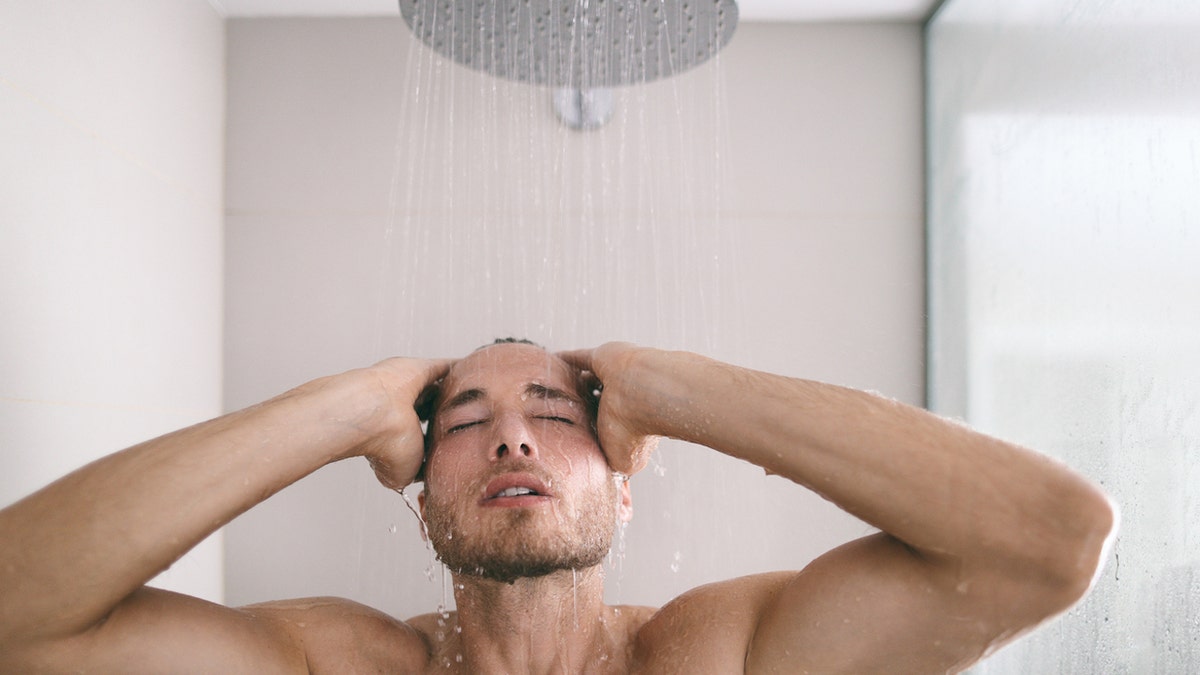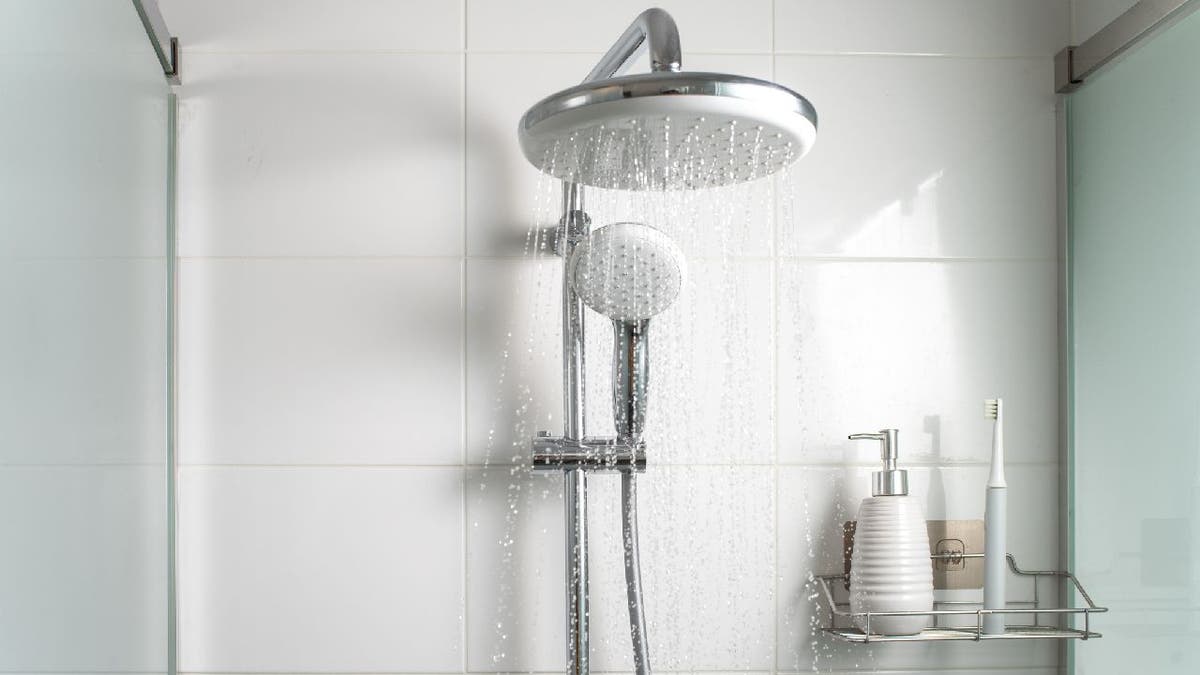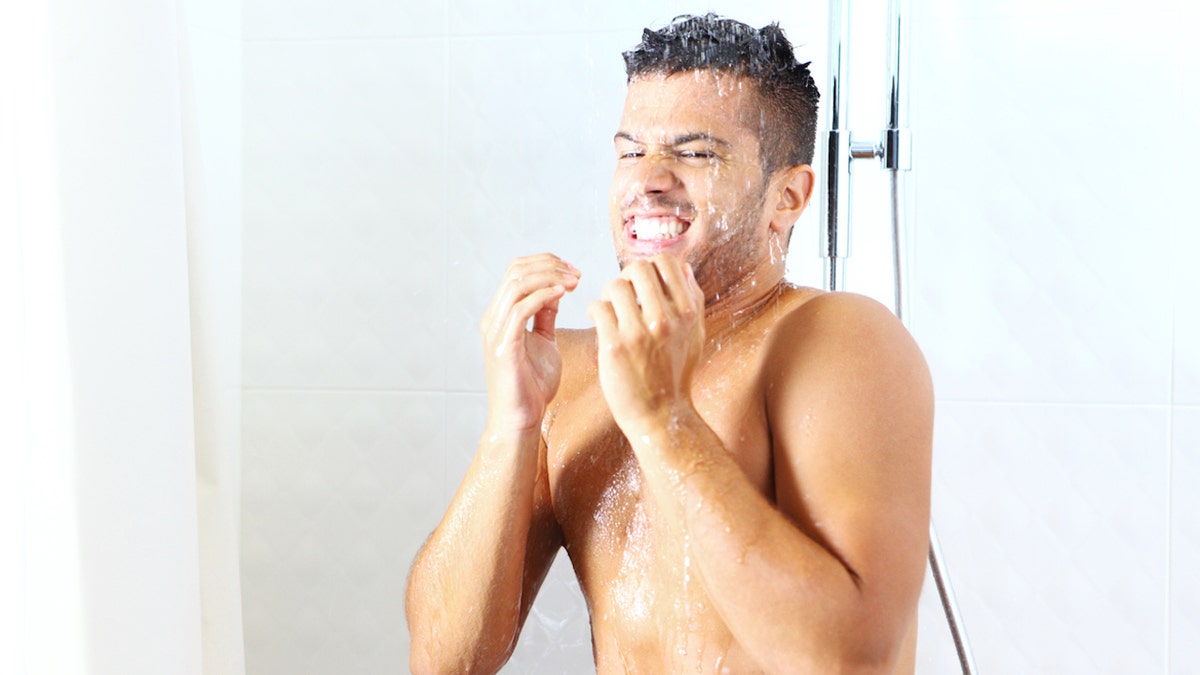Most of us have experienced that moment of shock when the hot water runs out mid-shampoo — but many experts claim the benefits of a frigid shower are worth the unpleasant jolt.
For those who aren’t quite ready to take the plunge into ice baths or cryotherapy, cold showers can provide a way to ease into the physical advantages of experiencing lower temperatures of water.
Cold plunging and cold showers have gained popularity in recent years, largely inspired by the Dutch world record-setting Wim Hof, who combines a unique breathing technique to endure near-freezing temperatures for extended periods, according to Kyle Zagrodzky, founder and CEO of OsteoStrong in Nashville, Tennessee.
BENEFITS OF COLD WATER: HEALTH GURU AND EXTREME ATHLETE WIM HOF SAYS WE HAVE ‘POWER WITHIN’ TO HEAL DISEASE
Zagrodzky, who has had a long career in the health and fitness industry, incorporates cold water therapy in his practice.
Benefits of cold showers
“Cold water stimulates blood flow, enhancing overall circulation and getting your heart pumping,” Zagrodzky said in an email to Fox News Digital.
A cold shower can be particularly effective after a workout, as it reduces muscle soreness and inflammation.
Exposure to cold water can also stimulate the release of endorphins, which can reduce stress, alleviate pain and instantly improve mood, the expert noted.
LIFE-CHANGING COLD THERAPY HELPS PENNSYLVANIA MOM WITH AWFUL BACK PAIN: ‘COULD PICK UP MY DAUGHTER’ AGAIN
“Personally, I’ve experienced a transformative mood boost after taking a cold shower when feeling emotionally low and unmotivated,” Zagrodzky said.
Cold showers can also have an aesthetic benefit, as they can help tighten pores and lead to improved skin and hair health, he added.
“Personally, I’ve experienced a transformative mood boost after taking a cold shower when feeling emotionally low and unmotivated.”
Contrary to the common association of cold exposure with catching a cold, Zagrodzky said that frigid showers can strengthen the immune system.
“Another unexpected benefit is weight loss, as your body expends extra calories to maintain body temperature when it’s exposed to cold,” he said.
Potential risks
While cold showers are generally safe for most healthy adults, they can come with some risks — especially for individuals with specific medical conditions, warned Dr. Raj Dasgupta, chief medical adviser at Sleepopolis in California.

“Cold exposure constricts the blood vessels and can lead to an increased risk of elevated blood pressure, which could have negative effects for people with heart disease, including hypertension,” he told Fox News Digital via email.
NEW YORK POLAR PLUNGE GROUP DIVES INTO ‘LIFE-CHANGING’ COLD WATER THERAPY: ‘NEVER FELT BETTER’
Those who have been diagnosed with cardiovascular problems, such as high blood pressure and coronary artery disease, may need to avoid cold exposure, since it can put added strain on the heart, warned Dasgupta.
Individuals who have cold urticarial (hives), which is a skin reaction to cold exposure, or Raynaud’s syndrome, which causes numbness in the fingers and toes in response to cold temperatures, should consult with a doctor before starting cold showers, he advised.

The same goes for women who are pregnant or breastfeeding.
Dasgupta added, “If you experience any negative side effects from taking cold showers, stop immediately and talk to your doctor.”
How to get started
For those interested in getting started with cold showers, Zagrodzky recommends taking a 60- to 65-degree Fahrenheit shower for 10 to 15 seconds, gradually reducing both temperature and duration each day.
BIOHACKING REVEALED: WHAT TO KNOW ABOUT THE HIP HEALTH TREND EMBRACED BY BROOKE BURKE, TOM BRADY AND OTHERS
Below is his guide to water temperatures:
Moderate cold: Water temperatures between 50 and 68 degrees Fahrenheit (10 to 20 degrees Celsius) are suitable for most people.
Cool or cold: Temperatures between 45 and 50 degrees Fahrenheit (7-10 degrees Celsius) provide a more invigorating experience.
Very cold: Temperatures below 45 degrees Fahrenheit (7 degrees Celsius) are challenging and more appropriate for specific therapeutic goals, such as reducing muscle soreness and inflammation.

Dasgupta agreed that to help your body adapt to cold water, it’s important to begin gradually.
“You can start by slightly reducing the water temperature with each shower and then gradually increase the duration,” he said.
“Pay close attention to your body, and if you experience discomfort, it’s important to get out of the shower and warm up.”
“Cold water stimulates blood flow, enhancing overall circulation and getting your heart pumping.”
Another option is to alternate between hot and cold showers, which is known as contrast showers.
Caitlin Spears, a certified health, nutrition and fitness coach in Miami, Florida, said she starts with 30 to 60 seconds of a warm shower, followed by 30 to 60 seconds of cold water.
CLICK HERE TO SIGN UP FOR OUR HEALTH NEWSLETTER
“You can do this for a few cycles as you build up your tolerance, and over time you can extend the cycle times to suit your liking,” she told Fox News Digital.
Spears also suggests turning it into a goal-setting game and rewarding yourself as you go along.

“For example, for the first 30 days, you might aim to incorporate cold showers into your routine at least three times per week,” she said. “Once you reach this goal, you can reward yourself with something small.”
She also said, “Just remember that a little goes a long way — even just a few minutes of cold water exposure can help you heal, recover and just feel better overall.”
Conclusive research about cold therapy is still limited, Dasgupta pointed out.
“Cold showers shouldn’t be considered a primary treatment for any condition,” he said.
“However, a quick blast of cold water can be beneficial when used for symptom relief — though individual responses can vary.”
For more Health articles, visit www.foxnews.com/health.
Read the full article here